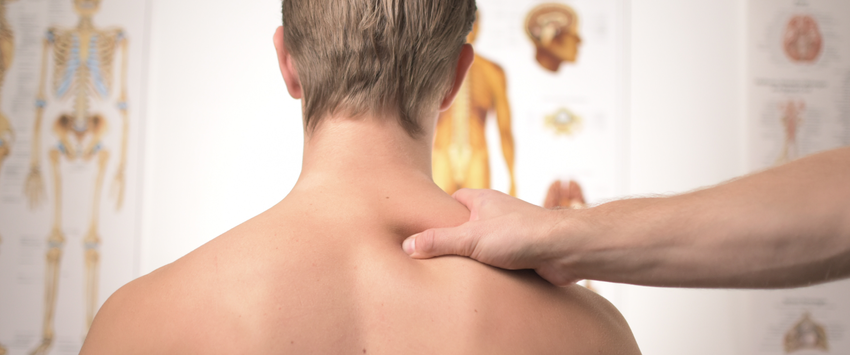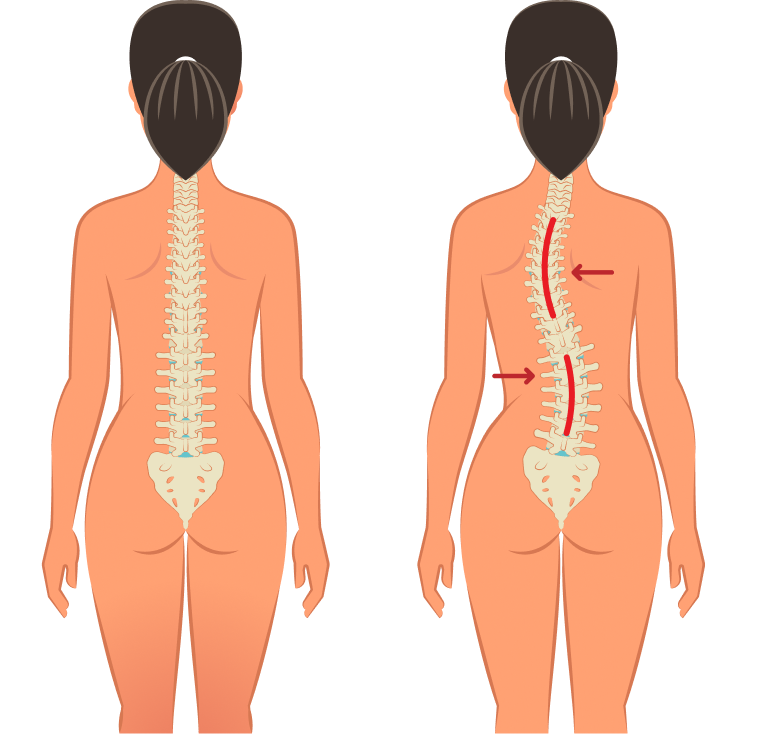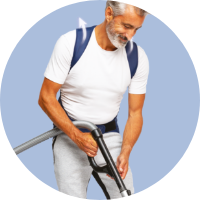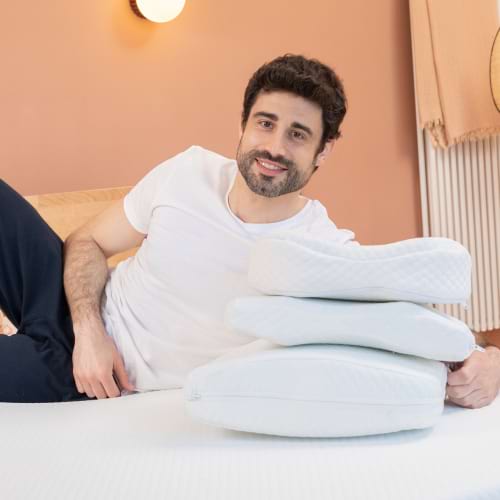
Scoliosis
Scoliosis is where the spine twists and curves to the side. It can affect people of any age, from babies to adults, but most often starts in children aged 10 to 15. What are the causes, what treatments exist and how to live with it?
- 1. What is scoliosis?
- 2. What are the causes of scoliosis?
- 3. What treatments exist and how to live with scoliosis?

1. What is scoliosis?
Scoliosis is where the spine twists and curves across anatomical planes of the human body. This deformity is caused by a rotation of the vertebrae in relation to each other (horizontal plane), an inversion of the curves (sagittal plane) and a tilting of the spine (frontal plane).
Scoliosis can improve with treatment, but it is not usually a sign of anything serious and treatment is not always needed if it's mild.
2. What are the causes of scoliosis?
Scoliosis most often occurs in childhood, but it can occur at any age. In most cases the cause of scoliosis is unknown. This is called idiopathic scoliosis. Idiopathic scoliosis isn’t linked to outside influences such as bad posture, exercise or diet and can’t be prevented.
It's worth noting that most people have some degree of spinal deformity, but it's usually relatively unnoticeable (less than 10 degrees of deviation).
In children, scoliosis develops during growth and affects about 4% of the population. During growth, the spine naturally deforms due to stresses applied by the various muscle chains. When this deformation reaches more than 10 degrees, it is called idiopathic scoliosis.
Scoliosis can be caused by different factors: biomechanical, neurological, genetic, but never postural. Scoliosis is a growth disorder of the spine that is never affected by bad posture or exercise.
Secondary scoliosis can sometimes be caused by a disease or malformation. In adults, scoliosis can be caused by disease, but is more commonly due to ageing discs and vertebrae (wear and tear). Disc wear and tear can be slowed down by maintaining healthy back habits (mobilisation, strengthening and stretching are all recommended).
3. What treatments exist and how to live with scoliosis?
Treatment for scoliosis depends on your age, how severe the curve is, and whether it's likely to get worse with time.
Many people will not need any treatment and only a small number will need to have surgery on their spine.
- Babies and toddlers may not need treatment as the curve might improve over time. A plaster cast or plastic brace may be fitted to their back to stop the curve getting worse as they grow.
- Older children may wear a back brace to stop the curve getting worse until they stop growing. Sometimes surgery may be needed to control the growth of the spine until an operation to straighten it can be done when they stop growing.
- Adults may need treatment to relieve pain, such as painkillers, spinal injections and, very occasionally, surgery.
- It's not clear whether back exercises help improve scoliosis, but general exercise is good for overall health and should not be avoided unless advised by your doctor.
Living with scoliosis
Most people with scoliosis are able to live normal lives and can do most activities, including exercise and sports.
The condition does not usually cause significant pain or any other health problems, and tends to stay the same after you stop growing – see a GP if it gets any worse.
Having scoliosis or wearing a back brace can be tough and may cause problems with body image and self-esteem, particularly for children and teenagers.
You may find it useful to contact a support group, such as Scoliosis Association UK.
These groups are a good source of information and support, and they may be able to put you in touch with people in a similar situation to you.
Information from the NHS website is licensed under the Open Government Licence v3.0.


